Bitcoin (BTC) price traded down 23% in the eight days following its failure to break the $45,000 resistance on Feb. 16. The $34,300 bottom on Feb. 24 happened right after the Russian-Ukraine conflict escalated, triggering a sharp sell-off in risk assets.
While Bitcoin reached its lowest level in 30 days, Asian stocks were also adjusting to the worsening conditions, a fact evidenced by Hong Kong's Hang Seng index dropping 3.5% and the Nikkei also reached a 15-month low.

The first question one needs to answer is whether cryptocurrencies are overreacting compared to other risk assets. Sure enough, Bitcoin's volatility is much higher than traditional markets, running at 62% per year.
As a comparison, the United States small and mid-cap stock market index Russell 2000 holds a 30% annualized volatility. Meanwhile, as measured by the MSCI China index, Chinese equities stand at 32%.

There is a high correlation between Bitcoin, the Hang Seng stock market and the U.S. Russell 2000 Index. A possible explanation is the U.S. Federal Reserve's tightening objectives. By reducing bond buybacks and threatening to increase the interest rates, the monetary authority has caused a "flight to safety" movement.
Despite the non-existent returns adjusted by the 7.5% inflation, investors often seek protection on cash U.S. dollar positions and Treasury ills. This is especially true during periods of extreme uncertainty.
Bitcoin futures traders are moderately bearish
To understand how professional traders are positioned, one should monitor Bitcoin derivatives. The Bitcoin futures' annualized premium should run between 5% to 12% to compensate traders for "locking in" the money for two to three months until the contract expiry.

Levels below 5% are extremely bearish, while an annualized premium above 12% indicates bullishness. As shown above, the futures premium dropped below 5% on Feb. 9, displaying a lack of confidence from professional traders.
Although the current 2.5% represents the lowest level since July 20, this date marked a reversal from a 74-day price correction. In fact, a 71% rally followed that event, confirming the thesis that the futures premium is a backward-looking indicator.

Notice how Bitcoin’s correlation versus the Russell 2000 Index was relatively high on July 20. However, that situation quickly reversed as BTC initiated its rally, independent from traditional markets.
The bottom could be in, but uncertainty could lead to further downside
Similar to the futures premium, the correlation metric uses historical data, so it should not be used to predict trend reversals. Investors, particularly professional fund managers, tend to avoid high volatile assets during turbulent markets.
Understanding market psychology is essential for avoiding unexpected price swings. Therefore, as long as Bitcoin remains considered a risky asset by market participants, these short-term corrections should be the norm rather than the exception.
Therefore, it makes sense to wait for further decoupling signs before predicting a Bitcoin bottom.
The views and opinions expressed here are solely those of the author and do not necessarily reflect the views of Cointelegraph. Every investment and trading move involves risk. You should conduct your own research when making a decision.

You can get bonuses upto $100 FREE BONUS when you:
💰 Install these recommended apps:
💲 SocialGood - 100% Crypto Back on Everyday Shopping
💲 xPortal - The DeFi For The Next Billion
💲 CryptoTab Browser - Lightweight, fast, and ready to mine!
💰 Register on these recommended exchanges:
🟡 Binance🟡 Bitfinex🟡 Bitmart🟡 Bittrex🟡 Bitget
🟡 CoinEx🟡 Crypto.com🟡 Gate.io🟡 Huobi🟡 Kucoin.


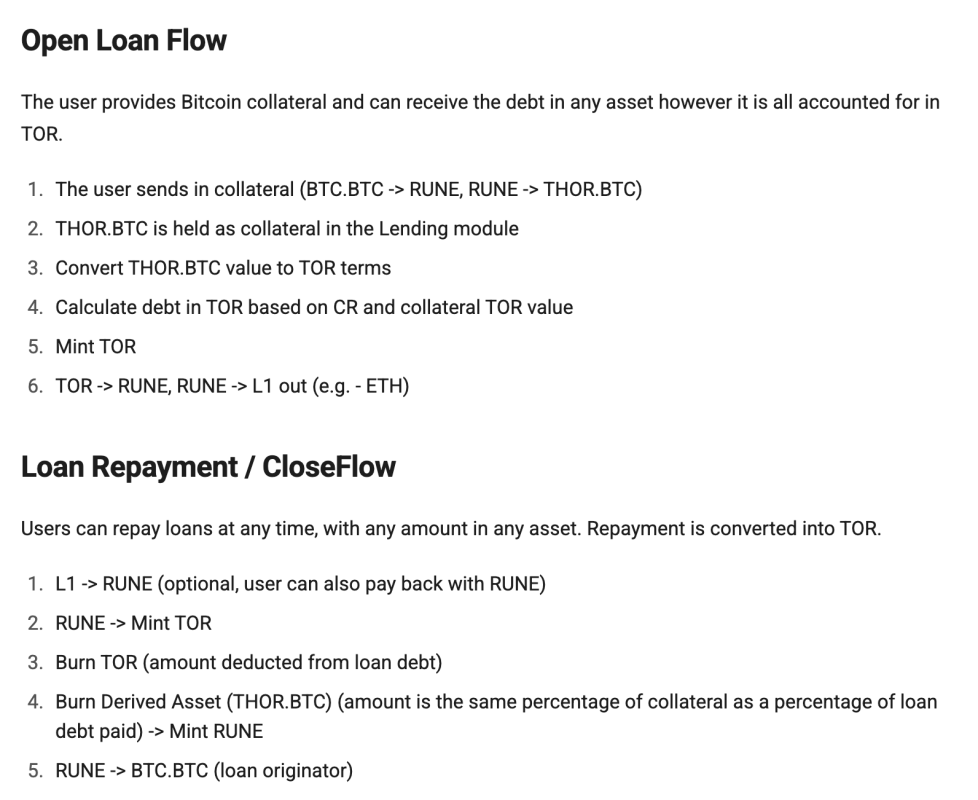





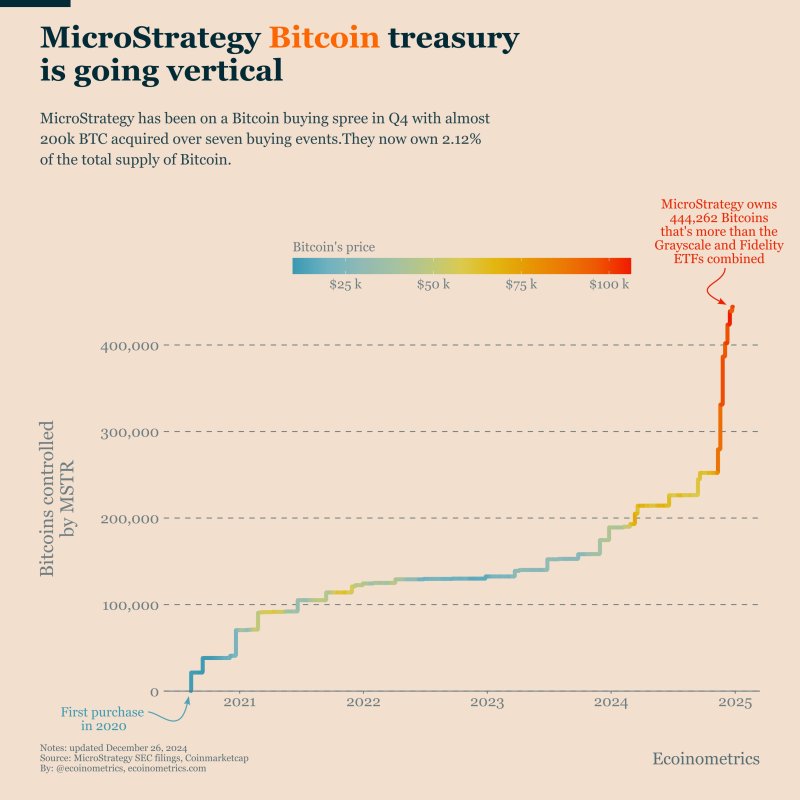

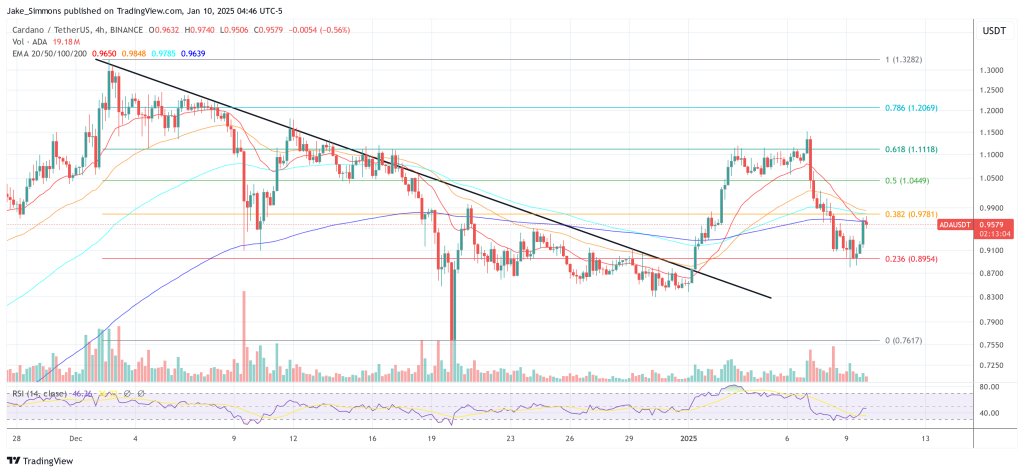


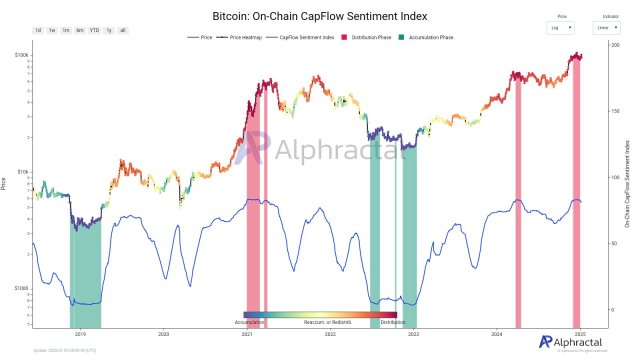




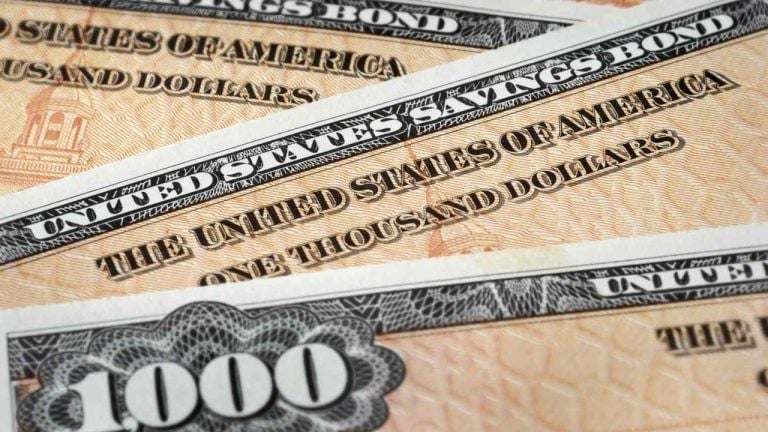

Comments